This is the 17th installment in my series, GENEs where I interview locals I have met over my time taking photos in “east vancouver” and unravel the stories behind their favorite things.
To check out the previous interviews covering a range of clothing with innate gorgeous stories, see the link here.
To ensure you don’t miss an interview, please consider subscribing.
This GENE’s episode is a bit different then the previous. I’ve mostly been interviewing people I’ve met in the neighborhood through my photography project, seasons of east van, but this episode, is focused on one of my closest friends.
I’ve known Andrew for over 11 years. We met through our mutual friend Eric back when I first moved to BC and we became friends as we bonded over shared interests; food, sports, and clothing. Our groups of friends started to overlap and intertwine as the years went on and now, I can’t even really picture life here without him and his family.
We have the type of relationship where we have seen each other at our best, and our worst. We’ve travelled together, we enjoy enjoy monthly, if not weekly dinners together, run together, and now we do this all with our kids as well; both entering parenthood within a few months of one another.
I don’t think I’ve ever told him this, but this project, and especially this GENEs project, would not have come to fruition if it wasn’t for his influence on me as a person.
For me, being an introvert, reaching out to strangers was never a strength of mine and 10 years ago, I would have never imagined I’d be talking to strangers on the street and then interviewing some of those people about their personal history through clothing.
Andrew, on the other hand, is someone who’s strength is in making connections. He has a natural talent of growing a web of relationships in the city and is always willing to connect people based on mutual interests or even job opportunities.
He encouraged me over and over to just take the plunge and introduce myself, whether at a get together, or through Instagram or email; you never know what types of commonalities or projects you may find through a simple connection, cause at the end of the day, after you ask—what’s there to lose? We’ll come back to this a bit later.
We’ve been talking about this particular interview for a while now, as he’s taken on a couple really interesting positions at some organizations in the city that connect with him deeply.
Unlike the other episodes, in this interview, we are going to START with his GENEs item, and work our way through the GENEs to find out where where he is today.
I remember about a couple years ago, soon after I posted my first ever GENEs article, written about one of my favorite thrifted finds, my 1989 Baseball jacket, Andrew showed up to a dinner with a very cool, brown and yellow, FRC Coaches jacket.
That night he shared a bit of the history of the jacket, explaining how my post had prompted him to dig it out of his closet, and I had mentioned it would be a great story for this series, and for some reason (work, kids, life), we never really got around to it.
Since then, a lot has changed, and the timing of this episode, could not be any better.
On a cold “June-uary” afternoon, we met up to talk, and he walked into my place wearing the jacket.
The FRC Jacket
Andrew has been working for Puma for the last 11 years so I am often used to him wearing fresh items from the latest collections. He is also a guy who keeps impeccable care of his clothing so seeing him dawning a well worn jacket from 1980s, is something I love to see, given my own personal tastes.
The athletic jacket is a classic brown from the era, with gold and yellow accents, simple block lettering, and “COACH” embroidered on the sleeve. It is a straight but athletic cut, and honestly, fits him perfectly. It makes sense, given the genetic history of the item.
Knowing a bit about the jacket already, I asked him to just start at the beginning, explaining the significance and pride of wearing FRC (Fort Richmond Collegiate, Winnipeg) on his chest.
I think the history of the jacket runs deep in our family. My dad taught at FRC for 30-40 years, and coached the basketball program there. He went to that high school, as well as junior high and elementary school—all in that same building. That building means a lot to the family, and he meant a lot to that community.
I also grew up in that gym in a lot of ways. I remember going to practices when I was a kid. I remember going to high school games when I was in elementary school. Just the energy around basketball at that school was something that was so unique and special and something I really wanted to be a part of.
But, I didn't know if I was going to go to that school. Initially, I went to a different high school, and things weren't going great. I wasn't excelling in class. I didn't have a great group of friends and didn't necessarily share a lot of common interests with the people there. There wasn't much of an interest around basketball.
I think I was just a little bit lost.I had just finished playing competitive hockey and wanting to put all my focus into basketball. We, as a family, agreed that it was probably in my best interest to switch high schools and go to Fort Richmond (FRC), where my dad was teaching and have a bit of a fresh start. I had already met a lot of the guys on the basketball team through district and club teams. But what I didn't expect was to fit in so well there.
I remember growing up feeling like such an outsider always. I was wearing Allen Iverson jerseys to hockey practice and looked at funny for listening to different types of music than everyone. I was really into hip-hop and everyone was into punk.
When I moved to FRC, that was the first time, and my dad's always said this, it was the first time that I was able to truly be myself and I felt comfortable in my own skin. At the same time, too, I was exposed to so many different cool things about the school because of all the multiculturalism, getting exposed to different types of food and music.
It was just funny that visually I probably looked more of an outsider than ever before, but it felt so at home.
I’ve learned bits and pieces of this story through the years, but had never had it laid out quite like this before. It was clear that there are strong connections with the school and basketball, through his parents. As a basketball coach myself, I wanted to know a bit more about his dads coaching background at FRC, and particularly, how he ended up coaching him.
He was looking for a change around the time that I had made the decision to transfer there. I think he would have moved schools if it wasn't for that decision. But I think ultimately, it ended up working out where he had to have a really fun ending of his career there, ending of his coaching with me and my friends.
He still continued to coach for a few more years and after that.It all started because we had a different varsity coach when I was in grade 11. But he got a job coaching a college program. We didn't technically have a Grade 12 coach going into my senior year, which was like… I had put my entire life into getting recruited to go play college basketball. We, again, collectively as a group, decided that it made most sense that he come and coach us because he had such good relationships with all the players.
He had been coaching all these guys since we were in elementary school, middle school. We all thought it was in our best interest for him to come, and he knew us so well that he could really get the most out of us and they ended up being one of the best years of my life.
This jacket, being one of two FRC jackets his dad owned, came from a special time in early in his coaching career. When Andrew asked him if he could take it a few years ago, his dad was proud to pass it forward and see it given a new life.
Andrew also brought a couple vintage Winnipeg hats that brought strong connections to his sporting background and some of the great memories he has of sport growing up and also, has impacted his personal style.
This is always something that I feel is the statement piece of my outfits. I usually wear very neutral colors, like gray hoodie, black pants. I keep it super neutral. But I feel shoes and hats are the items I use as a point of expression.
Vintage hats of sports teams I grew up going to. Again, to me, it's beyond just what you're looking at.
It reminds me of my parents taking me to games in Winnipeg as a kid. Some of my best memories with them are going to Blue Bombers games. Winnipeg Gold Eyes is like, Minor League Baseball and the Manitoba Moose because we didn't have the Jets anymore. And also I always find the vintage hats, the fits are amazing, the quality is amazing. And then the logos back then were so much cooler than they are today. So a couple of my favorite hats are those minor League Winnipeg sports teams.
As a new parent, who grew up playing, and still coaches organized sports, I’ve gone back and forth on my stance in wanting to put my own daughter into organized sports, something I’ve talked about at length with Andrew. We got into it a bit during this conversation again, and he reflected on his dads approach as both a parent, and coach, and what it taught him during his time as an athlete.
I think my dad, when he was on the sidelines (not as a coach), he was quiet. He wasn't going to say anything. But I think it drove him nuts when someone was coaching me, and not to his standards. And so what he would do is he was like, I'm just going to coach. Even if it was soccer, which he knew nothing about soccer, he'd buy a book and he'd learn and he would go online and find drills.
But it was more of the structure of coaching and learning as a group to collectively come to a common goal and accept all your roles.
Not everyone's going to be the goal scorer. And then you accept that role, and then you learn how to excel in that role.
I think that's a value and that's a skill that you will benefit from for the rest of your life.
As usual, through our conversations, we push our own understanding of the worlds we occupy and we discussed many of the positive aspects of being part of organized sports, even though I’ve had mixed feelings about it lately.
Giving Back to Sport
Over the past few years, he expressed a desire to start giving back to the community of sport, as he felt that it had given him so much growing up. He would occasionally ask me if I could recommend him any coaching clinics or if I knew of any organizations that he could check out in the basketball community.
After feeling a bit burnt out from coaching basketball the past few years myself, I encouraged him to keep looking for other opportunities, knowing the energy and skill set he had could be utilized in the community if he found the right opportunity. I did not imagine though, the size and scale of the projects he’d end up taking on.
Well, I did try coaching when I had finished up university, and I coached with my dad for a few years with the varsity team. I think, to your point, I grew up in a household where there was a lot of coaching. My parents both coached at the schools that they taught at. Both my parents coached every sport we played. I think it was ingrained in me.
So many people had given me so much of their time that I had to pay that back eventually.
I just didn't know how I was going to do it.
I got into coaching after I was done playing. To your point, you connect with maybe one or two guys, not all twelve. I think the challenge I had was that they didn't want it as bad as I wanted it, and they weren't as competitive as I was. I had a hard time with that, and it ended up coming out with swearing and all the things that I didn't like about coaching when I was a youth. I've just been on this path of, okay, how can I give back to the community or how can I give back?
Because I feel like I owe it to so many people who gave up their time that you don't necessarily appreciate it when you're a kid, but you appreciate it later in life.I started pursuing some charitable stuff for Kidsport. That was an easy one where you're raising money directly going into sports registration fees so that families that face financial barriers can get access to sport because I had such great experiences with sports, I feel like every kid in our community should have opportunities to have those type of experiences.
Then I also, at the same time, stumbled across Buckets & Borders.
Quick interjection here to introduce the project more formally, quoting directly from their website…
“Buckets & Borders started in 2015 as a project to document basketball culture around the world. Since then, they’ve visited and played basketball in more than 50 countries.
In 2020 they transformed into a non-profit organization that uses basketball as a means to improve communities and bring people together through basketball.”
At this point, Buckets & Borders has re-done courts all over Canada and even in Mexico, with the ultimate goal of “uniting and inspiring community through sport.” They have a real “if you build it, they will come, attitude”.
Back to Andrew..
That initially came up where they pitched me on PUMA getting involved in a court project. One of the guys who's a good friend of Justin (the founder) has been also one of the lead volunteers for Winnipeg projects and Toronto projects. His name is Nick. We played against each other in high school and had been friends for years. He reached out to me saying, “we'd love to talk to you about this foundation that we've got going on.”
Right away, I just fell in love with it. It hit on so many different things that I love, like art, community, basketball. And at the end of the day, it ended up just being a really rad group of guys that are super talented and share a lot of core values that I do.
Initially, I just said, “This is awesome. Let me see what I can do in terms of supporting what they were asking for.” But at the same time, is there anything else I can do to get involved? Even if it's coming out and helping paint courts or finding sponsors, what does this all look like? Me and Justin connected right away, and I started getting involved in a little bit of what they were doing in Winnipeg, but thinking like, “Man, this would be so cool to bring this to BC” Let me start poking around with the city. Let me start poking around at some schools.”
Court hunting.
Let's look at some courts that fit the values of what BNB is.
Then ultimately, we landed on Britannia.
I had reached out to the school board. They put me in touch with Mitra, who's our point of contact at the school, who does just incredible things for that school and that community. She hit me back saying, “Let's get a coffee". I know about Buckets and Borders. I was at the court in Toronto. This would be incredible for the community”.
That's when the ball started rolling.
I was hyped at the moment because I was like, this is happening, not knowing what was the journey we were about to embark on — trying to raise $200,000 in this time is a lot more challenging than I thought… which sounds silly. But we're about 14 months later, and it's been a process of getting the school board approval, getting the union to approve us, going and doing construction on the site, creating a design that aligns with the school values.
It's been an amazing journey, but it's taken a long time to get to where we are now.
Now is the fun stuff though. Now is where we get to create the design, paint the court, celebrate it with the community. It's just going to be so cool to walk by that court all the time and just think I got a chance to bring something really special to the community that they can be stoked about.
I've obviously been watching Andrew work through this.
One of the things I've always appreciated about him is that he tends to see the world with rose-colored glasses, sometimes to a fault. But I think that energy is needed when you do a project like this, because there's been a few times where he could have just been like, ”Let's move on”. Let's find a different court, there's other options, or it's not really worth my time.”
But he had the idea, he had the vision, and at some point you he was just like, “no, we have to do this”.
Yeah. There was so many times where we were up against the wall with the timing. We initially had a large company that was going to essentially pay for the entire thing, and it was down to them to the point where they were like, “Don't talk with anyone else”, and something fell through along the way.
Back to the drawing board.
Typically with the size of these projects, they start with a large chunk of an investment where it's just like we've already gotten the ball rolling, and there's a snow ball effect after that.
We started with zero dollars raised.
Just the timing, the economy right now, there was definitely days where I think Justin was like, “I don't think this is happening”.
I just bullshitted my way saying, “No, we're going to get this done”.
Then there was also I'm like, “No, there's no chance this is happening”.
Justin gave me the confidence where he’d say “No, this is such a special project, we just need to get one small win, and it's going to be a trickle effect, which is actually what happened.”
It ultimately came down to the final couple of weeks where we just fully committed to the project, committed to potentially losing money on the project.
Then, we got all these amazing donations at the last minute and we won’t be losing money.
I saw the sponsor list, and a lot of the sponsors are local behind it. Obviously, it would have been amazing if one company just stepped in and paid for the entire thing. But. it's also cool to see the community coming together and all their different names are on it. He leveraged his own relationships in the city to do some of that.
Yeah, it's cool. Just the thought of it at the very beginning, this is how we had envisioned it happening. We knew this was going to be a scrappy project, but there's so many cool local businesses that I knew would align with this. I thought it would just be a bit of a collection of people that would be supporting it, whether it's Marvin and the barbershop (Knowledge), and then that connection leads to his brother and Victory. Then Reigning Champ’s just down the street, Down Low Chicken is right up the block.
That's how I envisioned it happening. It's also very symbolic of the community as well, where it's like we all rally around each other. I think that's also a really cool and special part of it.
I asked him to give me a bit more information about Mitra, as I knew he had talked about her for some time now.
Yeah, Mitra is amazing. Just has a different level of energy to her. Every single time I've been around her, I've been super motivated to do more. I think the funny joke about her is if she was paid an hourly wage for the work that she puts into the community, she would make a couple of cents an hour. It's literally the minute she wakes up to the minute she goes to sleep.
Every time I try to give her credit, she shut it down. Every time the camera is about to get on her, she points it away.
Nothing is about her.
It's all about the kids, which I really respect. Then every time we're meeting with the students, there's a little pep talk or speech she gives before it that just gives me goosebumps and just makes me want be more involved in the community. It's really people like that. It's people like that that give me a lot of confidence raising two young children in this community.
After a few ups and downs, the Britannia court is on its way to being revitalized and I asked Andrew to share a brief timeline in case people were interested in getting involved or coming to the opening celebration.
Yeah. It's half done in terms of the resurfacing. One of the late in the game, fourth quarter donations came when someone, who an anonymous donation, came through and didn't feel it was right that the tennis courts got left alone.
We're going to finish the whole tennis court area as well. The resurfacing will complete, I believe, next week.
In terms of the design, we'll start doing the outline mapping of everything on July 7th week, and then start painting as a group on the 14th of July.
Probably a week and a half, two weeks of painting. Then the grand opening celebration will be on Saturday, July 26th at 11: 00 AM to 3: 00 PM.
I’ve seen the Britannia basketball community shine as we cross paths at provincials every few years, their girls teams are always gritty and energetic. I see the the courts that are being refurbished in use often as I do my laps around commercial and Andrew believes this will now become a great community hub for basketball in “east van” for years to come, and I don’t doubt that. With the skate-courts right next door, and now with the tennis court also getting some love, this will elevate the area further and offer a space to celebrate sport and community.
I really appreciated Andrew taking the time to share this process with me, and think the connection through his GENEs item really came together well.
Like Andrew, I’ve had countless great memories through sports and the communities that surround them. They played a big role in shaping who I am and continue to inspire my involvement in school athletics today. If you want to support Kidsport or Buckets and Borders, please see the attached links.
If you are interested in getting in on the painting day within the next few weeks, you can reach out to Andrew or Justin directly through Instagram.
I will be painting the court one day in July, and will definitely be by the opening celebration and will include photos of that day in the article after those dates.
As always, thanks for reading and/or listening, or both.
If you’ve made it this far, please consider leaving a comment or hitting that heart button so I know you’re still with us!
As for every interview, I always ask the interviewee for two people who they’d like to see on this series; one local, and one “reach”.
Here are his suggestions:
Local: Due Pinlac (@duepinlac) - “Due’s story is an inspirational one about pursuing your dreams. Met him working in a kitchen, one day he decided to rip off the bandaid and quit to learn videography. He’s worked for the NBA and Nike and is now the creative director for Pascal Siakham”.
Reach: Gary Bone - “A true Vancouver entrepreneurial success story. Bought a skate shop at age 19, turned it into one of the most legendary sneaker boutiques in the world. Now he’s taken it a step further as CEO of JD Sports”.






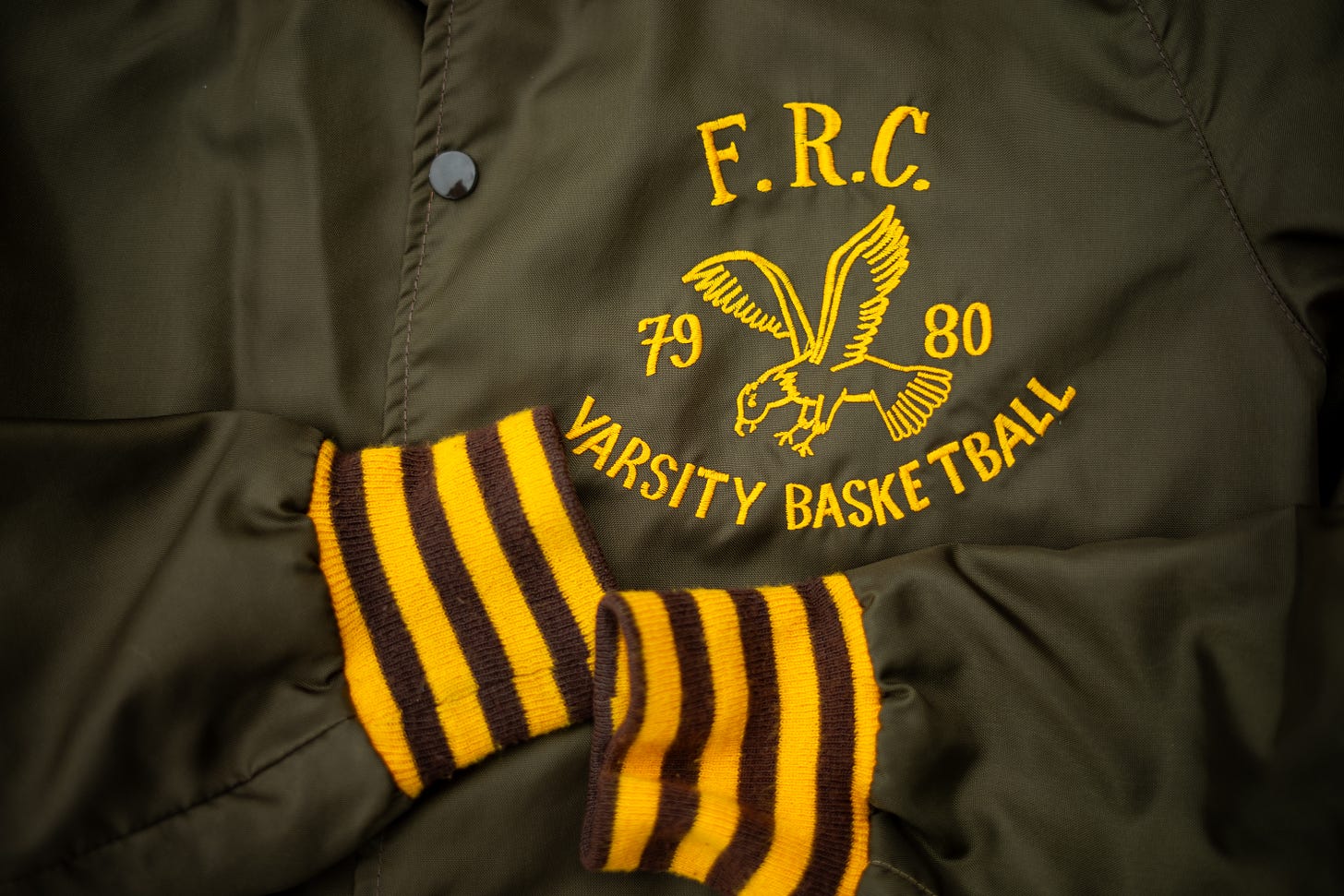

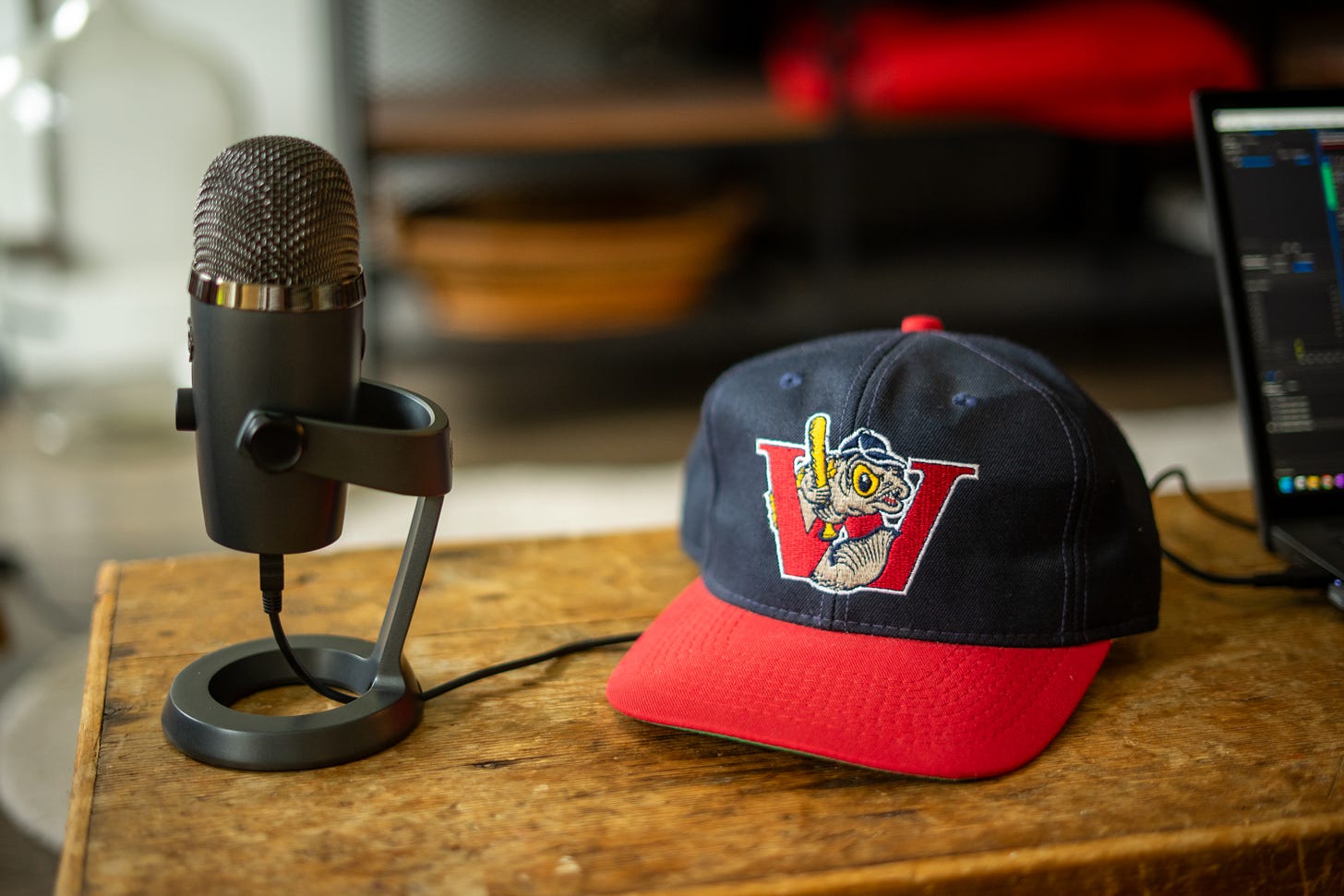

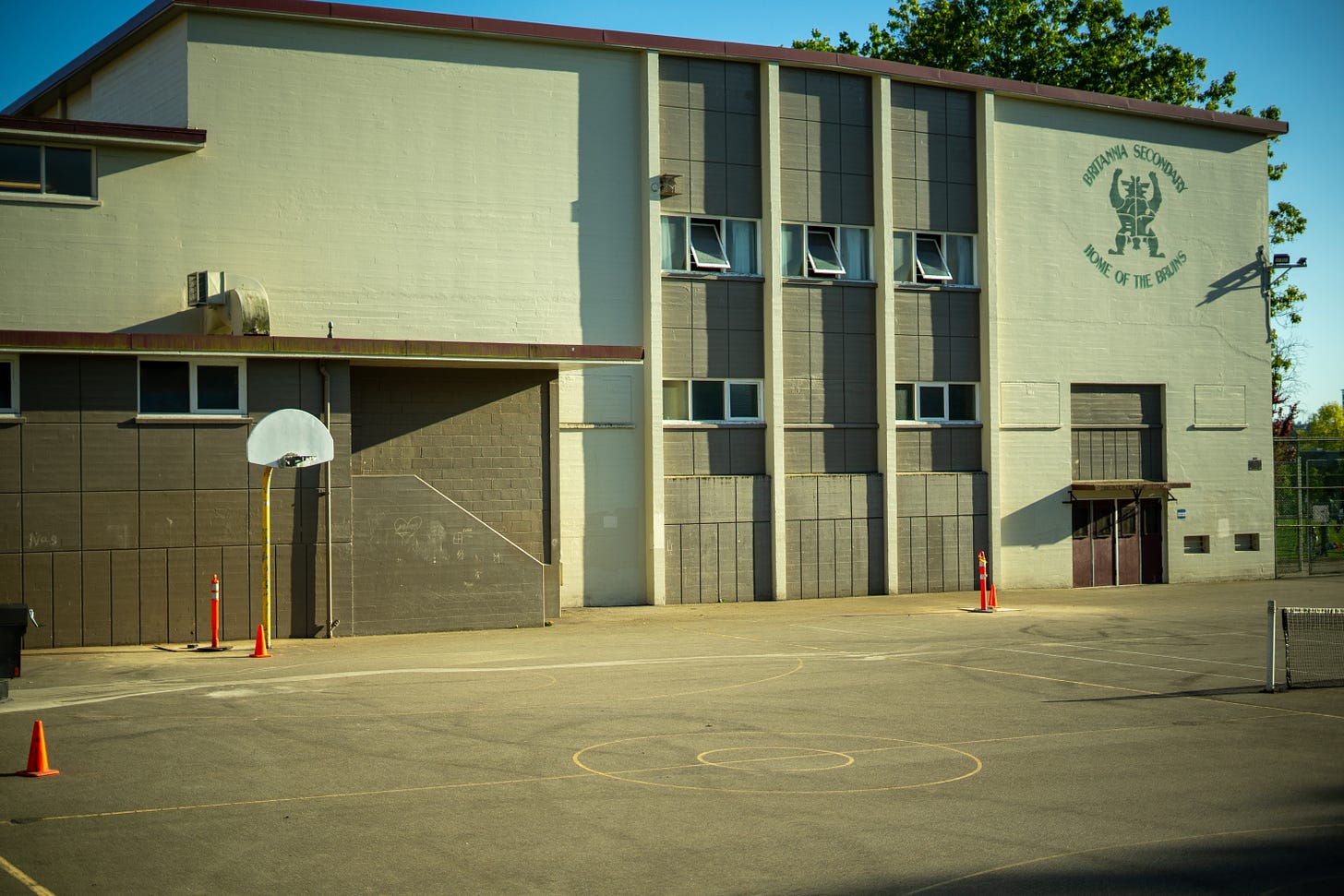

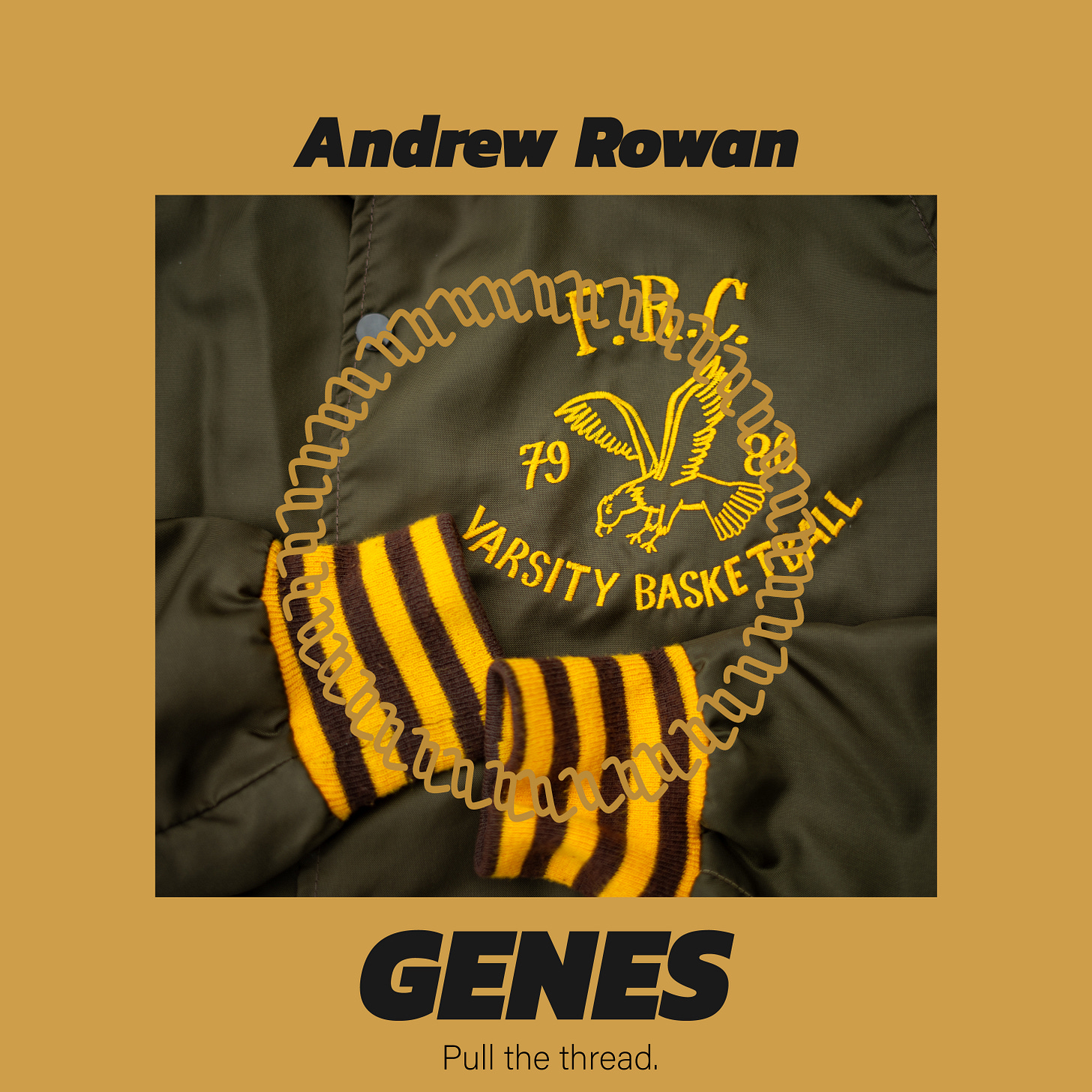


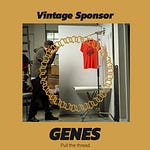

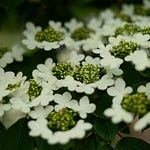
Share this post